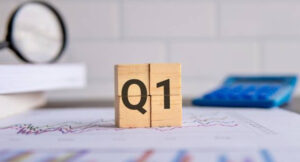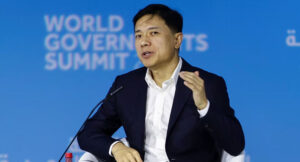Breaking a growth run witnessed between 2016 to 2022, a lucrative period that saw Jammu and Kashmir registering regular growth in terms of addition in mobile phone subscribers, as per Telecom Regulatory Authority of India (TRAI) data, frequent monthly marginal decline in subscriber base has been recorded in the UT during the last two years.
Costlier mobile phone bills, led by a tariff hike by almost all telecom service providers, after the 5G spectrum auction in June last year, is said to be one of the main reasons for a fall in the subscriber base, of late.
In October 2024, as per latest TRAI data, the UT had 12244383 subscribers which slipped to 12133600 in November 2024, thus losing 110783 customers.
This decrease in mobile subscribers in J&K comes at a time when a decline in wireless subscribers on national level was seen from 1,150.41 million subscribers in October, 2024 to 1,148.64 million subscribers in November 2024.
Mobile phone subscribers say that costlier cell phone bills are proving to be a burden. Besides, unlike prepaid service, which provides flexible recharge options, post-paid service is comparatively heavier on the pocket, mobile phone users have lamented.
“A monthly bill of Rs 500 may not be a huge amount for someone with a handsome earning but what about the common man. The price hike has certainly proved to be a burden on commoners,” said Khursheed Ahmad, a Srinagar resident.
Ahmad said the decline in mobile phone subscribers amid a tariff hike, is an economic indicator on how despite a growing demand for use of data services, owing to popularity of mobile internet, states and UTs have been losing mobile subscribers.
The adverse impact of a tariff hike on cell-phone users started showing signs last year.
As per TRAI data, there was a fall in mobile phone subscribers in J&K during December, 2023 by 0.14 per cent. Besides the UT, only Maharashtra and West Bengal had seen a decline in wireless subscribers, while all other states and UTs had logged a growth in subscriber base.
Notably, Bharti Airtel, a leading telecommunications service provider, in a statement issued last month, said it maintained its dominance in the wireless subscriber market in the Jammu and Kashmir circle for October 2024.
According to the data released by the TRAI, Airtel’s subscriber base in the region stood at 6,101,786 as of October, 2024. However, this has seen a slight decrease to 6,100,700 in November, 2024 as per TRAI data.
Despite all odds on the economic front, Jammu and Kashmir had logged 15 per cent mobile subscriber growth during 2016-2022. This growth curve which started its upward trajectory in 2017 was quite significant as the UT had slipped to a total of 95,738,52 mobile subscribers in 2016 due to a long communication shutdown back then. Greater Kashmir









